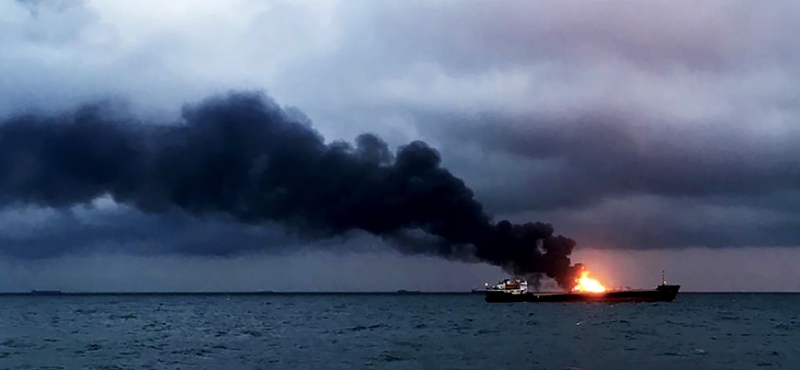How to Respond to Ship Fires?
Today, the increase in the population of the sea vehicles and the heavy traffic created by the ships may not always have a perfect functioning. The solution to the setbacks encountered in maritime transportation can be an innovative engineering solution as well as similar to the solutions we encounter in ordinary land transportation. We can encounter similar examples in our country, especially in regions such as Çanakkale and Istanbul, where maritime traffic is intense.
One of the most worrying issues in the maritime business is ship fires. How to extinguish sea fires and ship fires?
Fire Fighting Vessels
Fire-fighting vessels are vessels capable of extinguishing fires in marine vessels and on shore. These vehicles, whose main function is to extinguish fire, are not limited to extinguishing fires and preventing possible fires. They may also undertake tasks such as performing search and rescue activities and creating barriers to prevent the spread of possible toxic, hazardous wastes.
Fire fighting vessels are also classified among themselves by monitor flow, total pump capacity, vertical and horizontal water squeezing capacity. According to Türk Loydu Fire Extinguishing Rules, it has been decided that the ship is a Fi-Fi III type fire extinguishing ship. System and capacity selections were made considering the restrictions applied for Fi-Fi III type ships.
Rescue Studies
In case of fire, if possible, rescue operation is carried out with the rescue boat on the ship so that the living things inside the ships can be saved. For this, specialized teams on rescue activities are kept on board.
Despite the potential for fires to escalate, specialist teams from rescue vessels and fire-fighting vessels may need to intervene inside the burning vessel. For such situations, nozzle systems are used in fire extinguishing ships that surround the ship from the superstructure to the sides.
Heat and Sparking Sources on Ships
The type of energy that appears at the level of the kinetic movements of the atoms or molecules that make up the matter is called heat. All substances have a certain temperature. As the temperature rises, the speed of molecular movement of the substance increases, which causes the molecules of the substance to combine with oxygen and, at the end of the interaction, combustion occurs.
There are many inventories and factors that can cause heat increase in ships. For the main factor, we can talk about the electrical systems of the electrical equipment and the components in the basic operation of the ship.
The sun, which is natural resources and can create lightning and high heat, is also among the main factors.
Some polluted wastes can also generate heat and burn to a degree that can cause flammable mixtures to ignite as a result of gas compression.
Fuel, oil, oil-absorbed substances, hot surfaces and damaged parts in the engine room can also ignite on their own.
Precautions against fire on board
Preventive measures are taken over heat, flammable materials and oxygen, which are defined as the main factors that cause fire. We can consider the measures taken in stages. As preventive measures in terms of use, for example, the risk of a fuel tanker encountering a fire is much higher than that of dry cargo ships, so the precautions taken there bring much more rigor. There is a SOLAS agreement (International Convention for the Safety of Life at Sea) to which the Republic of Turkey is also a party, adapted according to these different types of conditions. According to these predetermined rules, ship operators; prepares a safe operating plan in accordance with national and international rules on its ships.
Fire response is among preventable and predictable activities, rather than being a set of activities that take place only during the fire. Providing the necessary expertise of the ship's personnel and preparing the ship's conditions against fire possibilities are among the most basic fire interventions.

